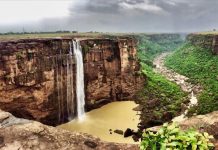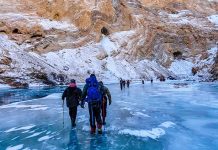Points to Ponder during Agasthyakoodam Trek
In accordance with the tradition being followed by the Kani tribal community in the region, the season commences on the Makaravilakkku day, which falls on January 13 and will come to an end on Sivarathri, which falls on February 24. All the 4,200 passes on offer were sold within two hours after the commencement of the online booking. The number of trekkers will be restricted to 100 persons a day and women and children are not allowed to trek beyond Athirumala, 6 kms away from Agasthyakoodam peak as the tribes are performing ‘poojas’/rituals during the period.
Standing tall at 1,868 metres, Agasthyakoodam is the second highest peak in south India located 70 kilometres away from Thiruvananthapuram. The Agasthyamala Biosphere Reserve, which includes the Neyyar, Peppara and Shendurney wildlife sanctuaries, was included in the World Network of Biosphere Reserves of the UNESCO a year ago. The region is home to several rare species of herbs and medicinal plants, as well as some endangered animal species.
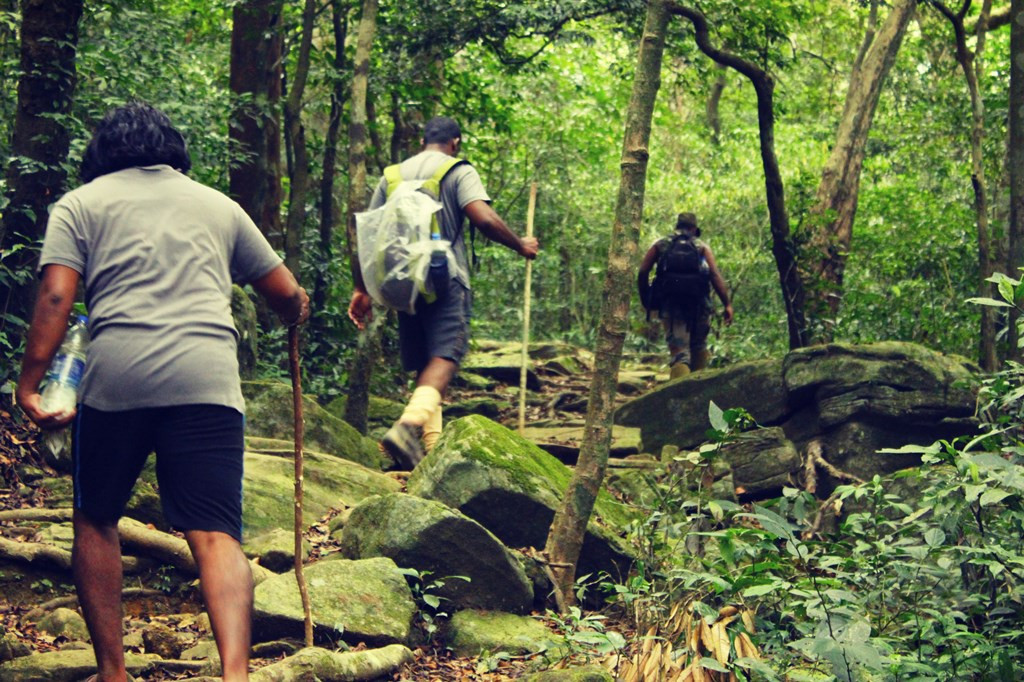
The Forest Department of Kerala has roped in nearly 30 guides to assist those undertaking the 26 km trek. Each group will commence the journey at Bonacaud at 8 a.m. and travel around 18 km to arrive at the base camp at Athirumala, where they will camp in the night. The second phase of the journey, which involves an 8 km climb to reach the Agasthyakoodam peak, will begin next morning.
When you are heading up the dense forests and slippery boulders of Agasthyakoodam, you need to be very careful as it is a difficult climb. What would a trekker keep in mind while climbing the steep Agasthyarkoodam? Here’s some expert advice from Viswanath of Summiters India, who has climbed the peak more than 10 times!
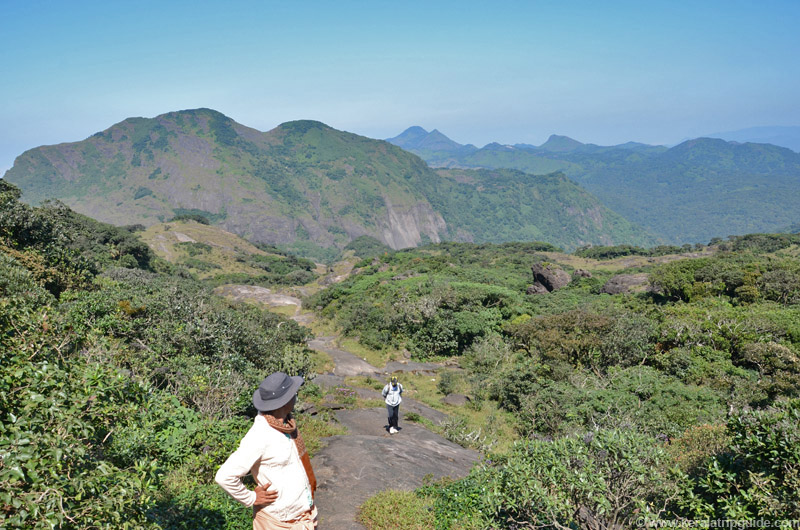
- Those who are planning to go for the trek should be fit – mentally and physically as you are required to walk two days for about 6 -7 hours on uneven terrain.
- Never deviate from the group because trail after Pongala Para is steep.
- Wear proper, warm clothing and foot gear as weather can get bad anytime.
- Carry torch/ headlamp during climb in nap sack.
- Carry enough water as there’s no water source after Pongala Para.
- Don’t shout/disturb the flora and fauna. The entire region is home for medicinal plants and it is a biodiversity hot spot.
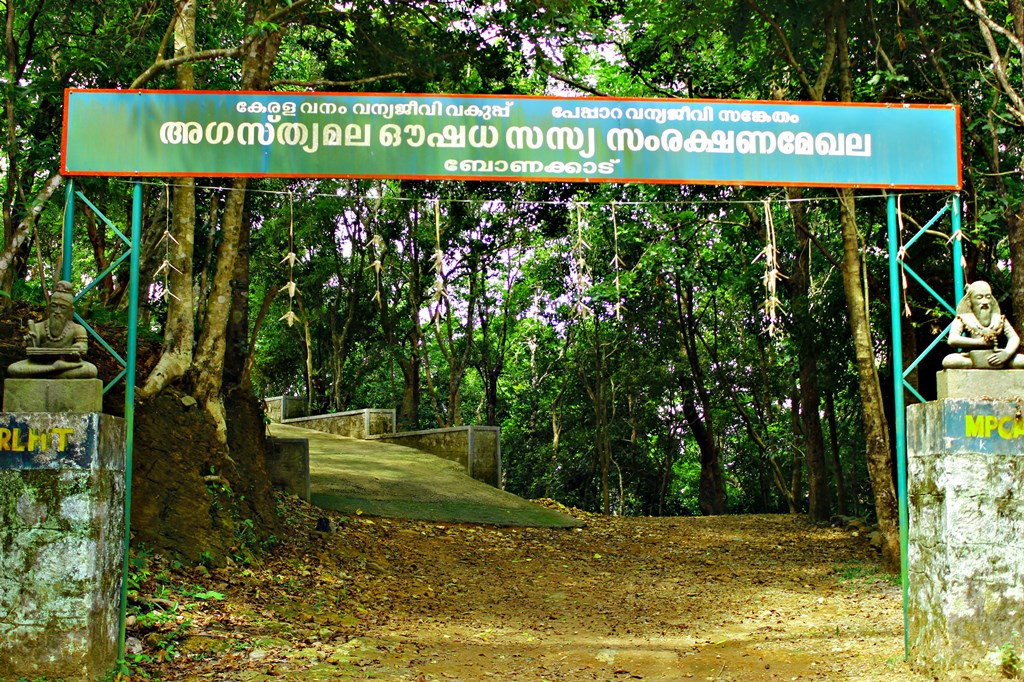
- Don’t venture in wild without guide or during night.
- Stay in accommodation provided by Forest department.
- Carry enough provision and food as there are no shops or hotels on the trail.
- Camping at the peak is dangerous and is not allowed.
- Carry a medical kit.
- It is a tough trek which tests endurance level of the individual. Prepare well in advance by walking long distance before attempting this climb.
- Be in the group, no fast ascent or descent.
- Don’t venture alone or attempt to do a solo trek. There are lot of trails which will confuse you.
- The difficulty level of the trek is moderate to hard, and it involves crossing streams, steep climbs, rock faces and walking in Shola Forest.
- Entire region from Athirumala Campsite is too windy because of the high altitude.
- Never climb peak if weather is bad or if it is raining. There are many streams on the trail which are difficult to cross when it rains.
- PLEASE DON’T CONSUME ALCOHOL DURING TREK OR DURING STAY.
- DON’T POLLUTE THE NATURE WITH PLASTIC WRAPPERS & BOTTLES.
- DON’T WALK WITH NEW SHOES.
For More Details, contact: [email protected]
Website : www.summiters.net



